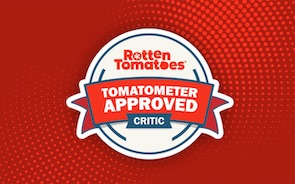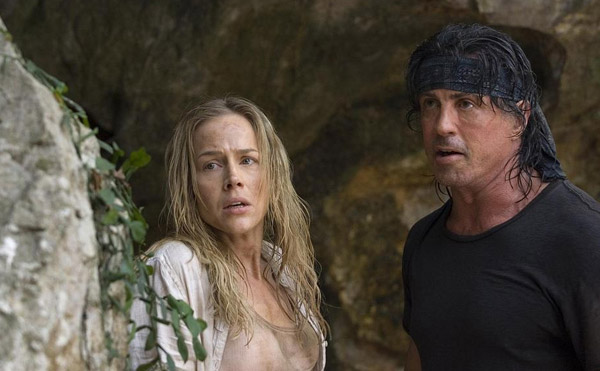
|
Prepping Stallone fans for the serious celluloid onslaught that is The Expendables, Lionsgate has seen fit to release the extended and unrated cut of John Rambo, the appropriate bookend to an action series that started nearly thirty years ago and spans across four films. Written and directed by Sylvester Stallone, John Rambo brings the war-tired Vietnam veteran full circle in a fitting narrative that is equal in tone to the “tired man alone” vibe of First Blood, with a hell of a lot more bloody kills and thrashing carnage that has been a staple of its sequels.
Approached by a group of missionaries trying to get into Burma, Michael Burnett (Paul Schulze) and Sarah Miller (Julie Benz), Rambo (Stallone) finds himself opting out of the get-involved mentality of his former self. He’s seen too much war, fought other people’s battles one too many times, and just wants to be left alone to ferry people up and down the coast of Thailand. Unsettled by her conversation with Rambo, Sarah keeps tugging at him, hoping to shake out a loose thread in the man’s mythic and stoic-like presence. After making his case for reasons to stay away from the Burmese government, Rambo finally accepts their offer, but refuses payment.
Immediately, there is trouble as Rambo’s ferry is stopped by deadly pirates who want Sarah in exchange for safe passage. Always a soldier, Rambo knows what has to happen next: kill of die. He acts because he knows – as history has shown him – there is no other way. Peace is an accident. And, almost as if in a chain reaction of events from the minute he drops them off at their destination, he gets slowly more involved with their fate and, soon enough, finds himself ferrying a squad of mercenaries into Burma in order to save the missionaries.
Stallone, worn with age and well-chiseled acceptance of its processes, plays the role with a gritty realism that harkens back to Humphrey Bogart in The African Queen; he’s beyond tired, but knows when action cannot be avoided. It’s a truth that he hates; you can see it in the lines upon his face. Every mark, another scar. And still he fights until there is no more; his mechanics are that in-tune with his surroundings. With serious purpose, Stallone - as actor and director - executes the picture’s mechanics with brute force. The fighting quickly becomes rough and raw and just this side of being ridiculous to keep it consistently entertaining, making the kills in Rambo: First Blood, Part Two and Rambo III look like harmless scenes from Fraggle Rock. Make no mistake about it, Rambo is the original predatory War Machine.
Yet, the new version – allowing the pace of the theatrically released movie to slow down with the inclusion of 8 additional minutes – adds a dynamically new dimension to the character. John Rambo adds a philosophical element that, as Rambo looks upon the brutality he’s unleashed at the film’s epic “breathing” moment, gives the film an emotional overhaul that adds rich texture to a character once rendered as a mere cartoon. Once turned predator again, John Rambo, haunted by words used to clarify his once iron-clad stance against Sarah, becomes utterly poignant and satisfying. There is no other way to live. Rambo is going home. With no other truth to face, Rambo returns to his father’s house in America. Poetic and mythic-like, John Rambo’s closing moments are a touching reminder of the humanity in our hero as he takes the long walk home.
Because twenty years have passed between Rambo III and John Rambo, the film, as a sequel, is an entirely different beast than its predecessor. The world has changed. America has changed. People have changed. Hell, even Rambo has changed. Yet, the more things change….the more they don’t want to be reminded of their past.
Both visually striking and confident in narrative form, John Rambo, older and wiser but not perfect, is an action film that works because it is familiar enough to entertain while avoiding the pratfalls of the past.
|
||||||||||||||||||
DVD Details:
Screen Formats: 2.35:1
Subtitles: English, English SDH, Spanish
Audio: English: DTS-HD Master Audio 7.1
Thick with heavy jungle and brush textures, the AVC encoded image (2.35:1 aspect ratio) presentation makes glorifying use of the environment. Stylistically grainy, the film washes with a satisfying saturation of its mud-hut earth colors, making the humidity of its location a star unto itself.
The 7.1 DTS-HD sound mix is balls-to-the-wall war booming madness, allowing each and every boom to have its own channel from which hell to wreak. The rain-drenched detail of its environment is crystal clear, too. Dialogue, snapping clear with each syllable, is up-front and never sacrificed for the war effect.
Supplements:
Commentary
- None
Featurettes
- Rambo:' To Hell and Back - Director's Production Diary (83:33): This nearly film-length ‘Making-of’ extra, filmed while shooting in Thailand, is a wonderful addition for any film lover’s cinematic library. Exhaustive and brutally honest, the documentary covers the brutalizing 44 day shoot of the movie that stressed Stallone and crew completely out. You can hear the weariness in Stallone’s voice as he discusses and dissects the difficulties of shooting in location. A rough mix of a director's commentary and magnificent BTS footage, the documentary is an honest look at film production with Stallone's comments walking audiences through the arduous journey of filmmaking. Exclusive to this release only.
Number of Discs: 25GB Blu-ray Disc; Single disc (1 BD); Bonus View (PiP)
{pgomakase}



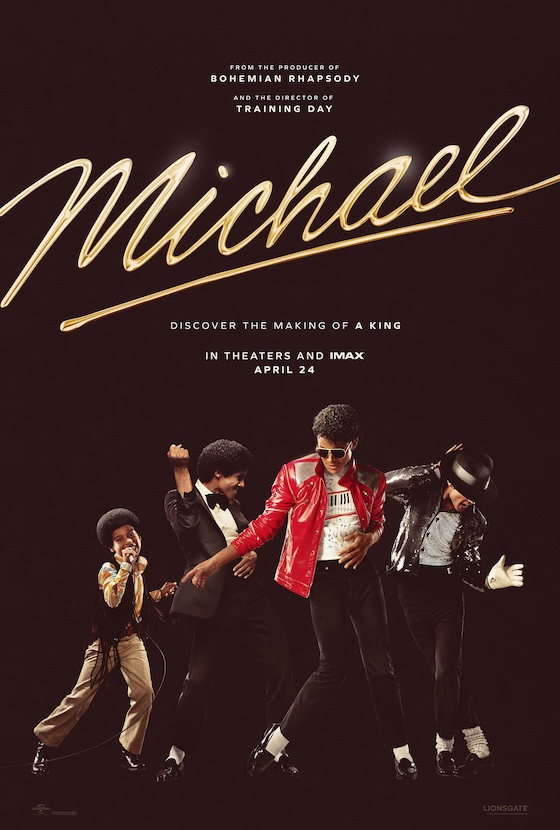

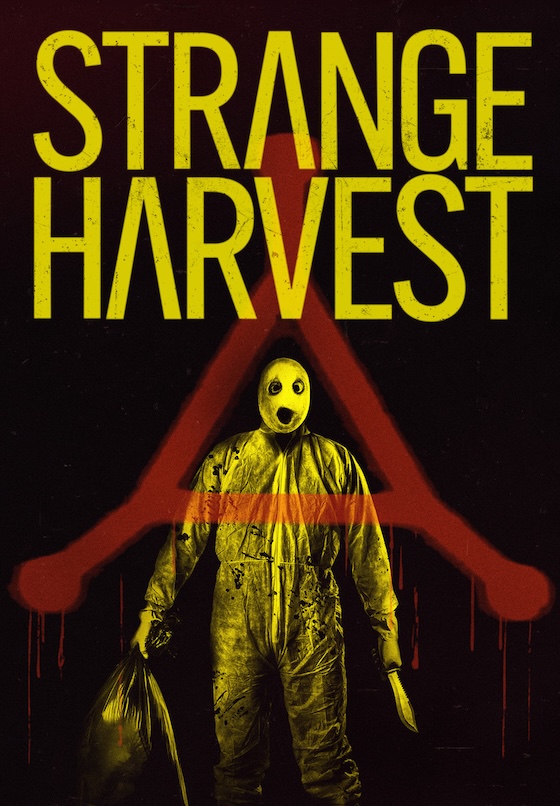
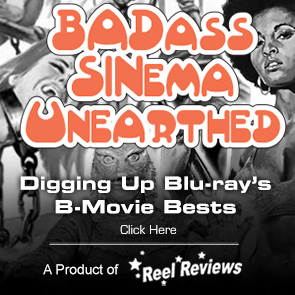
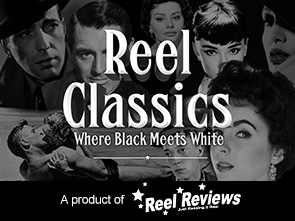


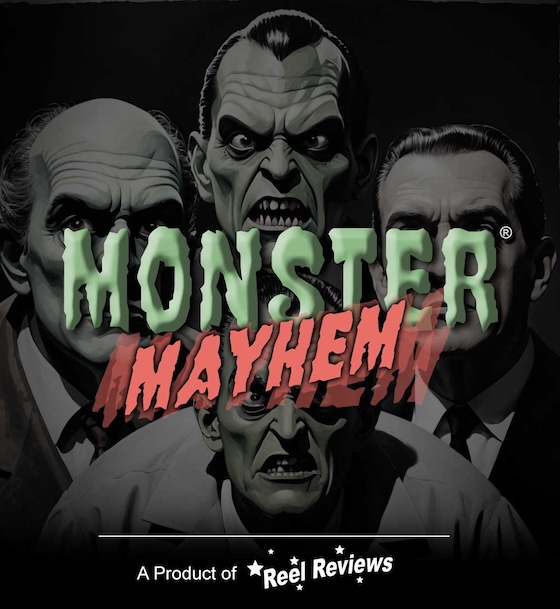













![The Crow (1994) - 4K Ultra HD + Digital Steelbook [Walmart Exclusive] - Review The Crow (1994) - 4K Ultra HD + Digital Steelbook [Walmart Exclusive] - Review](/images/resized/images/stories/2025/crow-steel_65_65.jpg)

